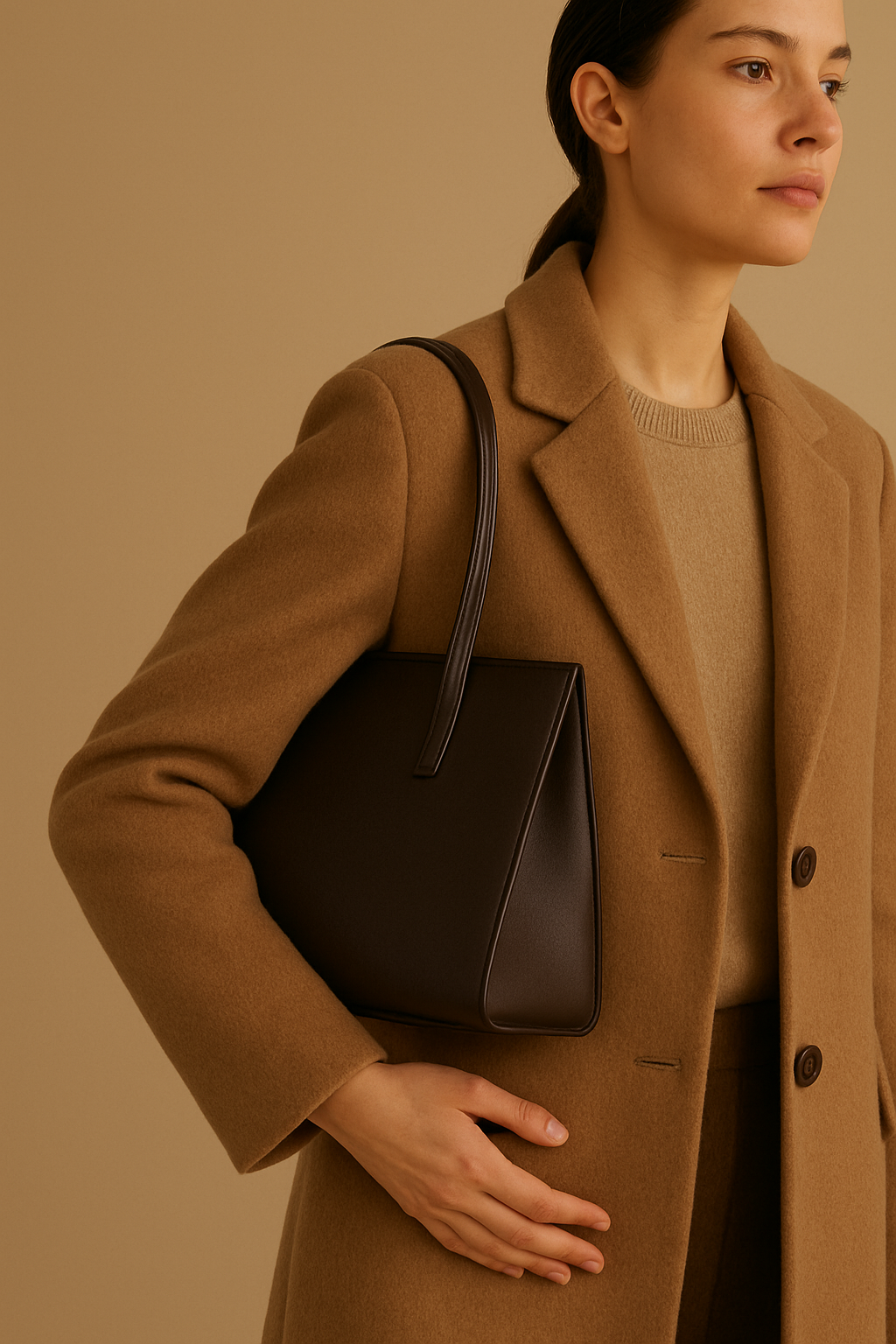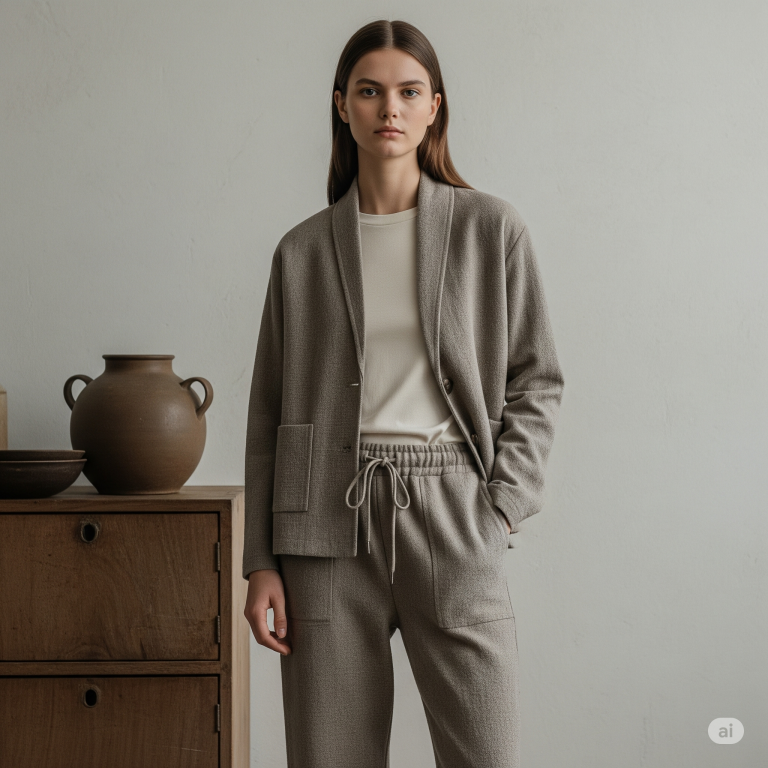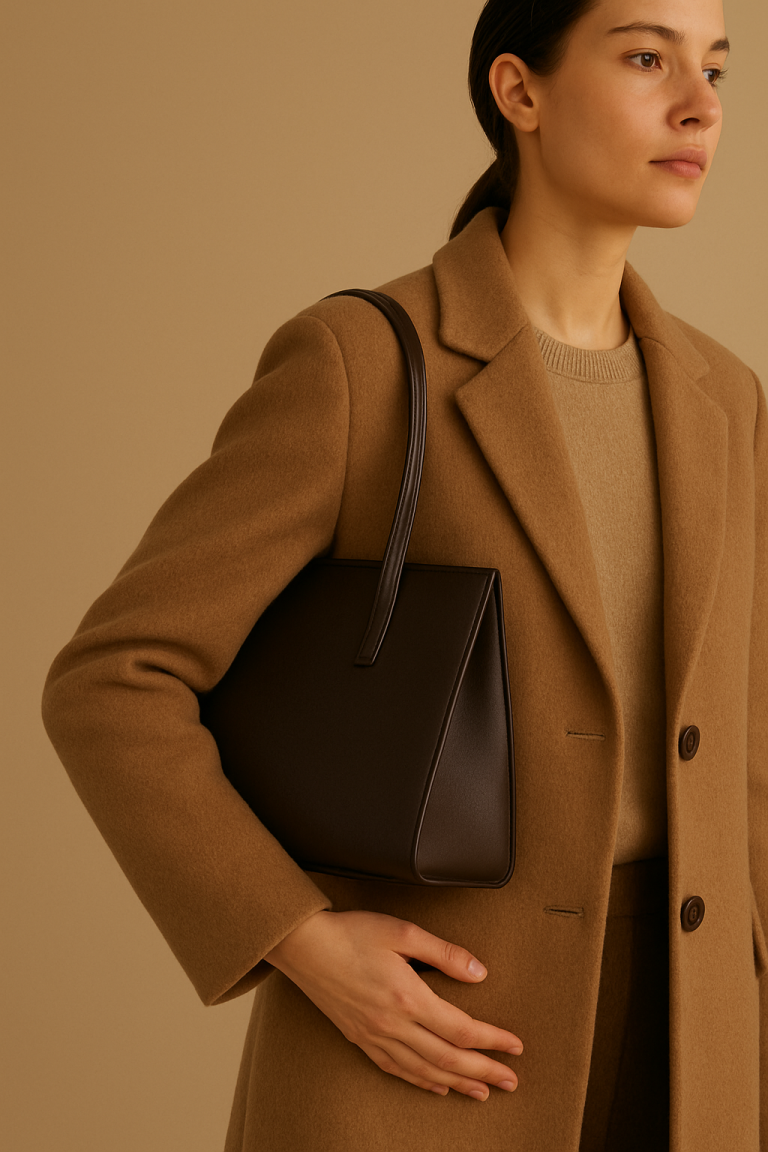
Introduction: The Subtle Sound of Status
In an era once dominated by bold branding and visible wealth, a new aesthetic has quietly stepped into the spotlight—quiet luxury. This isn’t the kind of wealth that shouts; it whispers. It doesn’t rely on oversized logos or ostentatious designs, but instead on timeless craftsmanship, understated elegance, and a certain air of knowing.
From fashion to lifestyle choices, the global elite are embracing a way of living that emphasizes subtlety over spectacle. This cultural pivot reveals more than just a shift in taste—it reflects changing attitudes toward money, identity, and influence in a world saturated with noise and excess.
1. From Loud Luxury to Silent Sophistication
For decades, luxury meant visibility. Designer handbags with monograms, gold-plated sports cars, and mega-mansions were all ways to prove one’s status. The louder, the better. But cultural fatigue has set in. The rise of quiet luxury shows a desire to move away from performative consumption toward something more meaningful.
This evolution reflects broader social change. In a digital world where everyone can display wealth on Instagram, true status now lies in what’s not easily seen. Subtle luxury becomes a coded language—a secret handshake of the elite.
2. The Psychology of Understated Wealth
Why do affluent individuals gravitate toward simplicity that might look “ordinary” to outsiders? The answer is found in psychology and social signaling.
Owning a discreet, logo-free cashmere sweater or a hand-stitched leather bag from a heritage atelier creates a distinction only insiders can decode. This produces what sociologists call cultural capital—the ability to navigate and recognize the signs of exclusivity invisible to the untrained eye.
In other words, quiet luxury isn’t about hiding wealth. It’s about curating who gets to recognize it.
3. Fashion’s Silent Revolution

The fashion industry has been quick to recognize this shift. Brands such as The Row, Brunello Cucinelli, Loro Piana, and Bottega Veneta are thriving because they specialize in high-quality, logo-free products. Their success proves that elegance doesn’t need loud branding to resonate.
Interestingly, pop culture has helped push this movement forward. The hit TV show Succession made “stealth wealth” a household phrase. The Roy family’s wardrobes became case studies in power dressing: neutral tones, impeccable tailoring, and fabrics that scream wealth only to those who understand. For the general audience, it looked plain. For insiders, it was the ultimate flex.
4. Beyond Fashion: Quiet Luxury in Everyday Life
Quiet luxury extends far beyond wardrobes. It influences homes, travel, dining, and even technology.
- Architecture & Interiors: Instead of oversized mansions with marble floors, wealthy families are choosing homes with minimalist layouts, natural light, and materials sourced from artisans. Think Scandinavian wood, Japanese wabi-sabi design, or Italian stonework.
- Travel: Privacy and rarity matter more than Instagrammable locations. A secluded eco-resort in Patagonia or a private island with sustainable villas speaks louder than a crowded luxury hotel in Paris.
- Food & Wine: Fine dining no longer means gold leaf on dessert. It means farm-to-table experiences, exclusive wine cellars, and chefs who champion terroir and authenticity.
- Cars & Tech: Instead of flashy sports cars, the new elite opt for custom interiors, electric innovation, or vintage classics that blend performance with discretion.
This lifestyle is about investing in what lasts, not what dazzles temporarily.
5. Sustainability and the Ethics of Elegance
Quiet luxury and sustainability walk hand in hand. In a time of climate crisis and overconsumption, buying fewer but higher-quality items projects not only refinement but also responsibility. A coat that lasts twenty years is both an environmental choice and a style statement.
Many wealthy consumers now frame their spending as a moral stance: they would rather invest in a heritage watch that can be passed down than buy into fast fashion trends. Quiet luxury becomes a fusion of ethics and aesthetics, where less is genuinely more.
6. How Global Cultures Interpret Quiet Luxury
Although the philosophy is universal, the expression of quiet luxury varies by culture:
- Europe: Discretion is tied to heritage. Old-money families in Italy or France emphasize tailoring, antique jewelry, and countryside villas with centuries of history.
- Asia: In Japan and South Korea, understated luxury aligns with values of refinement and restraint. Exquisite materials and subtle craftsmanship carry more weight than visible branding.
- United States: Silicon Valley elites showcase quiet luxury through minimalist wardrobes, eco-conscious living, and high-tech sustainability projects rather than traditional status symbols.
- Middle East: Even in regions known for bold displays of wealth, a younger generation of elites is embracing discreet fashion and private experiences as a counterbalance to extravagance.
This proves that quiet luxury isn’t just a Western trend—it’s a global aesthetic of modern wealth.
7. The Social Media Paradox
One fascinating twist is that quiet luxury thrives in the very arena that once fueled loud consumerism: social media. While influencers built careers flaunting logos, a counterculture of creators now promotes subtle brands, capsule wardrobes, and “investment dressing.”
On TikTok, the hashtag #StealthWealth has exploded, with millions of views dissecting what makes a simple outfit look rich. Ironically, the effort to remain understated is being analyzed, commodified, and turned into content. Quiet luxury, then, walks a delicate line between authenticity and curated performance.
8. Experiences Over Excess: The New Status Hierarchy
Perhaps the biggest shift is that luxury is moving away from things and toward experiences. The wealthiest are no longer defined by the size of their yachts but by access to rare opportunities:
- Private concerts with renowned musicians.
- Culinary journeys led by Michelin-starred chefs in hidden locations.
- Conservation safaris that fund wildlife protection.
- Membership-only wellness retreats focusing on longevity.
In this new hierarchy, exclusivity lies not in what you own but in what you can experience quietly, away from the public eye.
9. The Future of Quiet Luxury
As society becomes more saturated with consumerism, quiet luxury will likely grow stronger. The next stage of status may be about radical discretion—where wealth is so well hidden that only the most attuned observers recognize it.
We may see the rise of luxury services that leave no digital trace, objects made by anonymous artisans, and a focus on heritage over novelty. In a world that shouts, the ability to remain silent becomes the ultimate power move.
Conclusion: The Whisper That Outlasts the Shout
Quiet luxury is more than a fashion trend; it’s a redefinition of status itself. It reflects the desire for permanence in a fleeting world, for values over vanity, and for subtlety over spectacle.
To live in quiet luxury is to embrace a lifestyle where wealth is not measured by noise but by nuance. Where the true mark of status is not how many people notice you, but how few even need to.
Because at the end of the day, the most powerful statement wealth can make is the one it barely utters at all.



